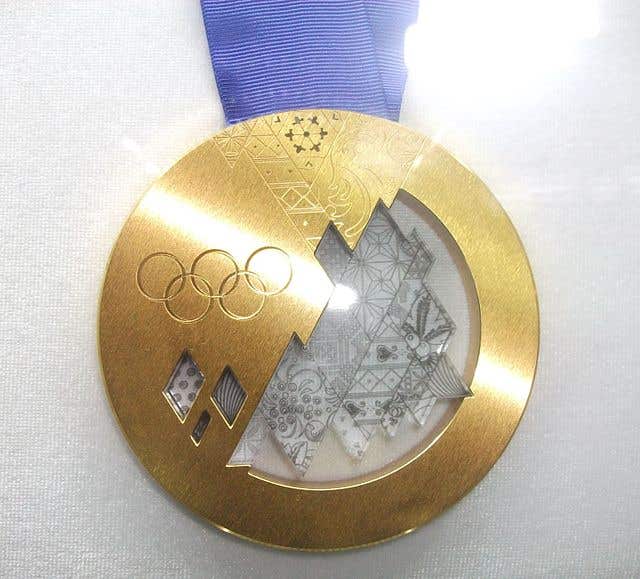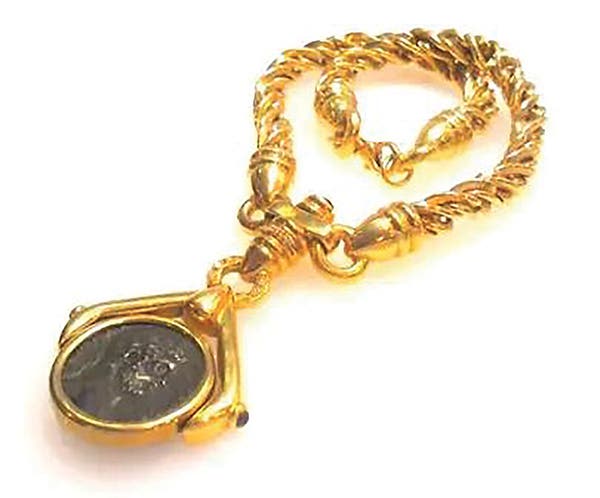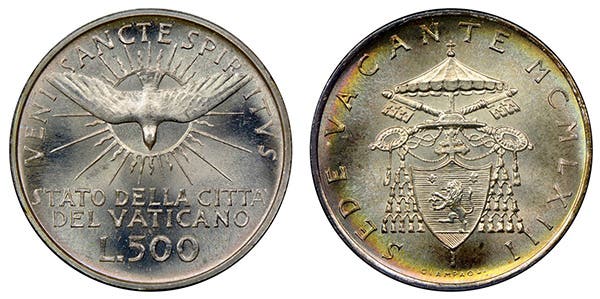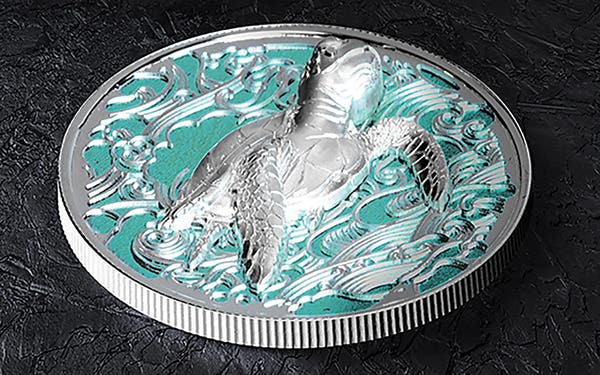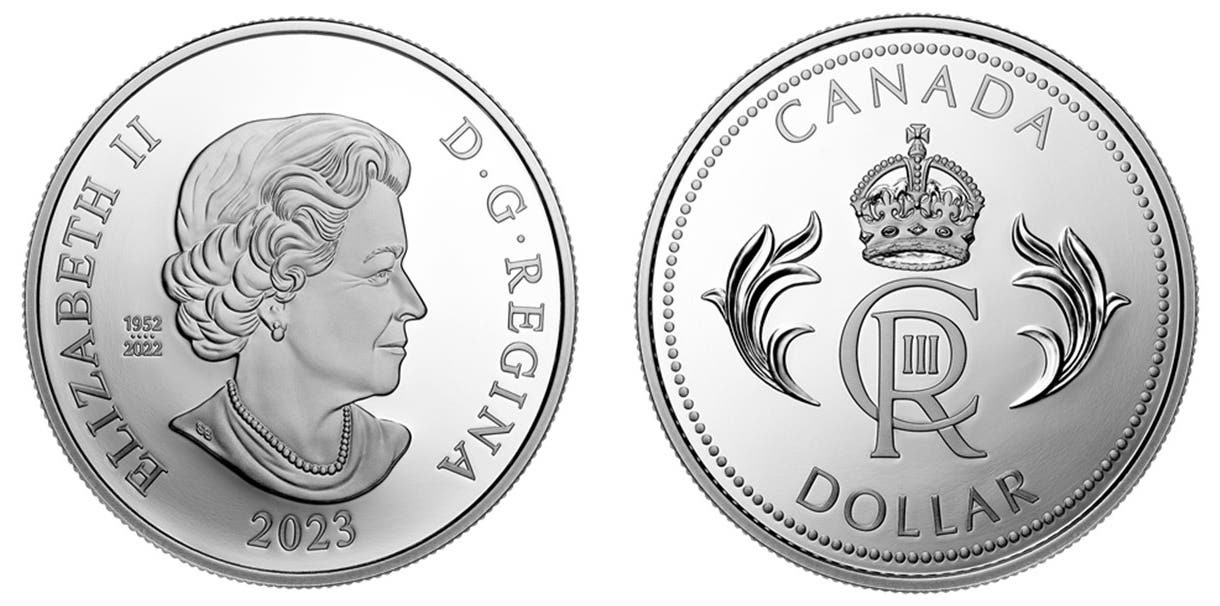Transylvania graveyard yields coins
Not everything in Transylvania goes bump in the night. And, while there might be some trepidation of encountering a vampire if you are an archaeologist searching through Transylvanian graveyards, there…
Not everything in Transylvania goes bump in the night. And, while there might be some trepidation of encountering a vampire if you are an archaeologist searching through Transylvanian graveyards, there is the expectation that you may instead find important artifacts, including coins.
That is the good news recently announced by a group of Australian National University students. Among the artifacts encountered at a Székely cemetery in Romania during July 2016 are coins that are now assisting in identifying the site.
Coco James is a master of Biological Anthropology student with the ANU School of Archaeology and Anthropology. James has identified the graves as dating from the 17th to the 19th centuries. There are 49 graves at the dig site. Grave No. 42 is proving to be the most unusual.
According to James, “He had a lot more items in the grave than any other burial on the site. Coins, brass buttons, ceramic buttons, and a leather liner.”
She continued, “The skeleton had five enormous coins in its hands, whereas most of the burials had one or maybe two very small coins. He was very healthy, he had no indicators of disease. He had some trauma. He was around 27-35, which is quite consistent with a lot of the other skeletons on the site. Most likely it was a wealthy individual with good standing in his community.”
James added, “We found him with a lot more coins than others in the grave group, so there was the assumption he was quite wealthy or of high standing. But for some reason, he was also very well preserved but we’re not sure why.”
James added to the graveyard mystery through how she described another excavated individual: “He was buried almost upside down, rolled onto his side and tilting downwards. In the end we decided the most likely situation is that during the burial they lost their grip on the coffin and it rolled and fell in upside down, they looked down and said, ‘You know what, no one’s ever going to know.’”
James had not disclosed detailed information on the coins at the time this article was being written. She said, “We obtained the dates through the characteristics of coins associated with skeletons, mostly through their size and one of them had a partial date on it.”
According to the Feb. 15 issue of Archaeology magazine, “Most of the graves contained one or two small coins with the human remains, but one grave in particular yielded five large coins, which had been placed in the man’s hands.”
The Székely still live in villages in Romania while retaining their Hungarian culture. It is understood that they migrated to Transylvania in the 11th to 12th centuries. They later served as Romanian border guards against the encroachment of the Ottoman Turks. There are oral but no written histories of these people, according to James.
Many different coins circulated in the past throughout what is now Romania. Among them are coins of Austria, Hungary, the Ottoman Turks and Venice. The Dutch daalder was popular in the region of Moldavia and Wallachia by the end of the 16th century. The German lowenthaler denomination coin has been abbreviated to “leu” for the currency in use today.
Coinage in the region was stabilized after 1831 through the quasi-Constitutional Regulamentul Organic, or Organic Regulations, enforced by then-occupying Imperial Russia. The Austrian guilder and the Tyrol kreuzer were accepted as currency through this law.
James was scheduled to present her findings to the 86th American Association of Physical Anthropologists Conference in New Orleans in April.
This article was originally printed in World Coin News. >> Subscribe today.
More Collecting Resources
• Subscribe to our monthly Coins magazine - a great resource for any collector!
• More than 600 issuing locations are represented in the Standard Catalog of World Coins, 1701-1800 .



